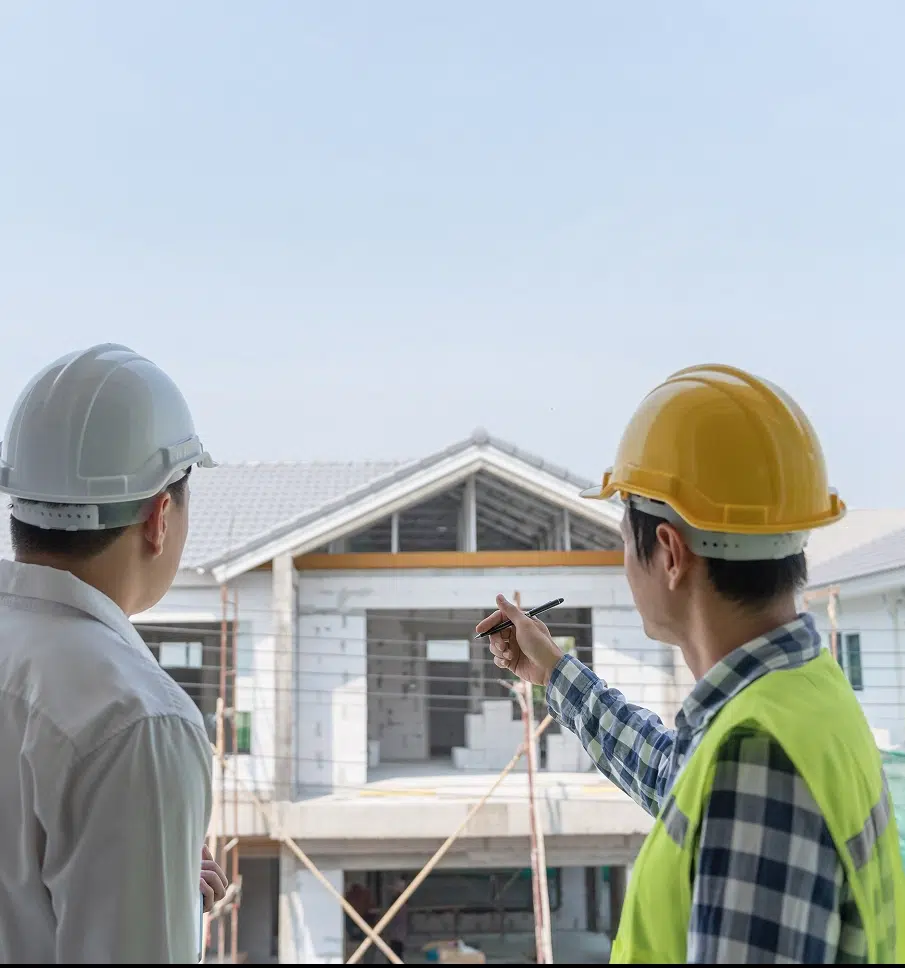Residential Flat Roof in Kansas City, MO
When most people think of a flat roof, they think of a commercial building. A residential flat roof may be used when the building envelope doesn’t require additional roof volume for vertical enclosures such as chimneys and dormer windows. In some cases, when a pitched roof would be excessively costly, a flat roof may be the most economical choice. Flat roofs are more energy-efficient than sloped roofs, since they require less heating and cooling to maintain a comfortable indoor temperature. In addition, flat roofs are easier to maintain and repair than sloped roofs. Other advantages of flat roofs include potential for creating additional outdoor living space and easier maintenance access versus pitched roofs.
What is a flat roof?
Residential flat roofs are a type of roofing system that has a horizontal or nearly horizontal surface. The term “flat” is somewhat misleading, as flat roofs are actually slightly pitched in order to allow for proper drainage. The slope of a flat roof is typically between 10 and 15 degrees. This specific design feature goes against the traditional sloped roofs found on most homes, making flat roofs a rather unique and interesting choice for residential buildings.
What is the best material for a flat roof?
There are several types of flat roofs, built using different materials and techniques. One type is the built-up roof (or “tar and gravel” roof), composed of alternating layers of bitumen and reinforcing fabric that create multiple levels. A new type of flat roofing material has emerged in recent years: single-ply membranes made from synthetic rubber or thermoplastic polymers (such as PVC, TPO, and EPDM). They can also be composed of bitumen reinforced with polyester or fiberglass fibers that are embedded between two layers of asphalt. Single-ply membrane roofs can last much longer than traditional built-up roofs, while being much easier and less expensive to install and repair. However, they are more susceptible to punctures and damage from high winds. Many different factors must be considered when choosing a material for your flat roof, such as climate, budget, and the weight of the material. There is no one best material for any flat roof. That’s why it’s important to have a professional roofing contractor inspect your home and help you decide which roofing material would be best for your home.
How does a flat roof drain?
When it rains, water naturally flows downhill. However, on a flat roof home, there is not much downward slope for the water to follow. Instead, water can pool on the surface of the roof until it eventually finds a way to drain off. To prevent this from happening, most flat roofs are equipped with a drainage system. This system typically consists of gutters and downspouts that collect and channel the water away from the building. In some cases, the drainage system may also include drains or scuppers that allow water to flow directly off the edge of the roof. By directing the flow of water away from the building, a well-designed drainage system can help to prevent leaks and other damage caused by pooled water.
Choose the Top Residential Flat Roofing Contractors in Kansas City, MO
If you’re interested in learning more about which Kansas City residential flat roof might be best for your home, reach out to the professionals at John Beal Roofing. We’ll provide you with a FREE estimate, so you can make an informed decision about what’s right for your home. Our estimates also come with the John Beal Low Price Guarantee! If you can find a better quote anywhere, we’ll match it or pay you $100! See offer for more details*













